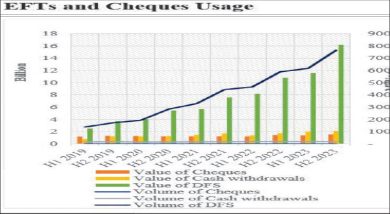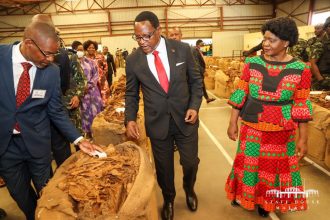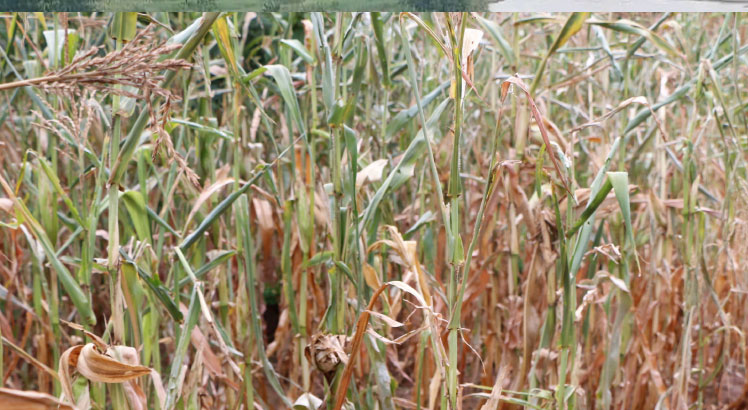AfDB sees average inflation at 12.2%
The African Development Bank (AfDB) has projected that Malawi’s average annual inflation could rise to 12.2 percent in 2020 driven by import supply disruptions as Covid-19 continues to take its toll on the net-importing country.
The projection by AfDB is contained in its African Economic Outlook (AEO) Supplement Amid Covid-19 published on its website www.afdb.org.

The 12.2 percent inflation rate forecast is in sharp contrast to the 9.8 percent projection by the Reserve Bank of Malawi (RBM) contained in its Monetary Policy Committee (MPC) minutes released on July 31 2020.
This is also the same figures cited by President Lazarus Chakwera in his maiden State of the Nation Address (Sona) delivered in Parliament last Friday.
The AfDB’s projection of 12.2 percent represents a 3.8 percentage points upward revision from the 8.4 percent earlier projected pre-Covid-19. This means that on average, the kwacha would buy 12 percent fewer goods and services this year than it did the year before.
In an interview on Wednesday, economist Gowokani Chijere-Chirwa said AfDB’s projection is realistic than that of government largely due to several economic shocks, which continue to exert more inflationary pressure on the market.
He said: “I would somehow agree with AfDB’s figure as its sounds closer to the reality on the ground.
“Moreover, we have recently seen the kwacha losing value against the dollar and other currencies and that has also a bearing on inflation trajectory, among many other factors.”
Commenting on the same, a Lilongwe-based banker said on Wednesday that the current inflationary pressure on the market also threatens RBM’s ambition of attaining a five percent inflation rate in the first quarter of 2021.
With the kwacha losing ground against other currencies, the banker said it is expected that inflation rate will slip into double-digit by December 2020.
In 2019, Malawi attained a single-digit annual average inflation rate of 9.4 percent.
Likewise, in 2018, based on monthly RBM headline inflation figures, the country’s annual average inflation rate was also in single-digit at 9.2 percent.
In its analysis, AfDB attributes the rise in the projected increase in inflation rate this year to import disruptions amid Covid-19, which has resulted in fewer goods being imported due to Covid-19 restrictions, thereby increasing demand for goods.
Reads the AfDB report: “The public debt to gross domestic product [GDP] ratio could widen beyond the current 62 percent of GDP and inflation could rise to 12.2 percent in 2020 driven by import supply disruptions.”
In the medium-term, the bank acknowledges that livelihoods support, social protection, enhanced support to private sector and macroeconomic stabilisation measures to meet urgent balance of payments gaps and narrowing of fiscal deficit have to be prioritised.
Headline inflation decelerated back to single digit in March 2020 and fell to 8.5 percent in June supported by a good maize harvest, which comprise 45 percent of the country’s consumption basket as well as lower international oil prices which eased transport costs.





